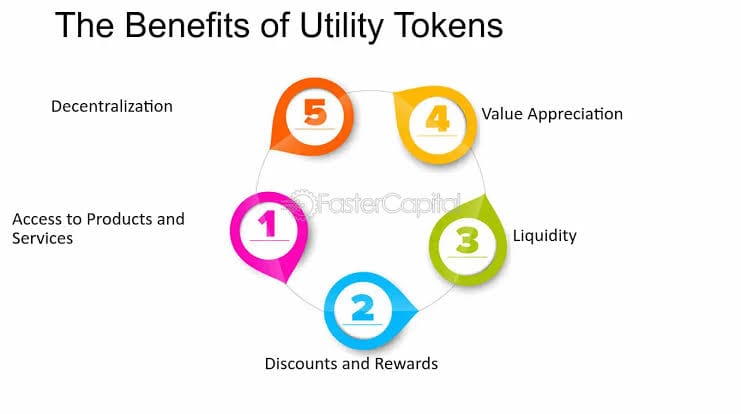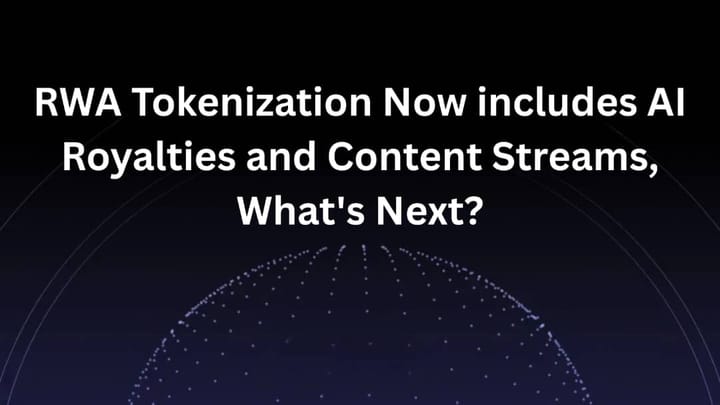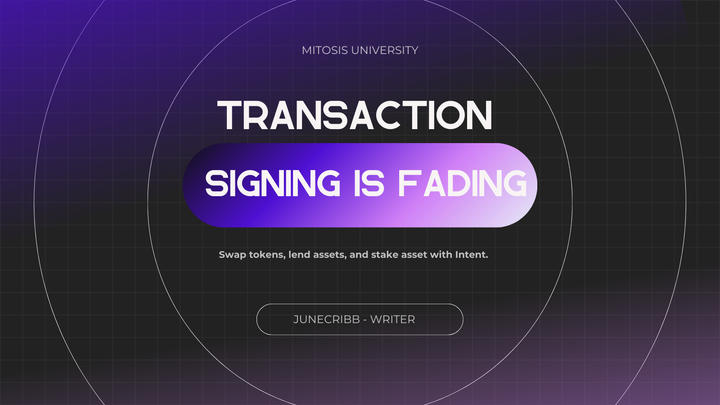Post‑TGE Token Utility: Real Use Cases or Just Governance Theater?

Introduction
Ever notice how every new Web3 project launches a token, only to watch it trade like any other crypto asset? It’s as if tokens are little more than VIP passes to a speculative casino—sparkling upfront, then fading into background chatter about price charts and “when moon?” Yet, at their best, tokens can unlock genuine value: granting access, settling fees, aligning incentives, and keeping governance honest.
In this article, we take a skeptical yet hopeful stance. We’ll walk through:
- Why so many tokens end up dust in our wallets, serving little practical purpose beyond governance votes that few participate in.
- Examples of tokens doing real work—from fan communities deciding song lineups to DeFi protocols distributing fees to stakers.
- On‑chain patterns that reveal whether tokens are being used in‑app—or merely traded.
- Practical steps projects can take to shift from empty hype to genuine utility.
By the end, you’ll have a clearer sense of when a token is more than a ticker symbol—and how to spot tokens built for substance, not just show.
1. The All‑Too‑Common Utility Pitfalls
Imagine buying a movie ticket that only lets you vote on the studio’s next sequel—but never actually watch the film. That’s essentially how many governance‑only tokens feel. You can stake or vote, but there’s no real product behind it. A few problems quickly emerge:
- Governance on life support: Most token-holders never vote. Decisions are driven by whales or a small core team.
- Speculation first, product second: Tokens spike at TGE, then tumble as traders flip for quick gains—regardless of any new feature launches.
- Fragmented incentives: Projects rely on flashy airdrops or yield farms—drawing users for a day, not for the long haul.
In short, without meaningful in‑app roles, tokens become little more than trading cards.
2. When Tokens Actually Do Work: A Few Bright Spots
Thankfully, not all tokens fade into governance limbo. A few use cases stand out:
- Fan Engagement in Entertainment
- In South Korea’s Modhaus project and Japan’s “Idol 3.0,” fan tokens let holders vote on set lists, name performance teams, and unlock exclusive merchandise. This goes beyond speculation—fans feel genuinely involved in shaping the content they love.
- DeFi Fee Sharing & Yield Distribution
- Protocols like SushiSwap and QuickSwap automatically funnel a portion of trading fees back to token-stakers. Here, tokens double as governance tools and as payment rails for platform usage. Holders feel the impact in their wallets, not just in voting dashboards.
- Gaming Rewards & In‑Game Economies
- Play‑to‑earn models in blockchain games reward players with tokens for completing quests or contributing assets. When these tokens buy game items or unlock new levels, they’re woven directly into the user experience, not just tacked on as an afterthought.
These examples share one key trait: tokens are embedded in the actual product logic, giving them a life beyond the trading floor.
3. On‑Chain Signals: Are Tokens Used—or Just Traded?
We can peek at on‑chain data to see how tokens behave after TGE:
- Active vs. Passive Addresses
- Count how many unique wallets interact with core contracts—staking, minting, voting—compared to wallets merely transferring tokens. A large gap suggests speculative circulation.
- Feature Adoption Metrics
- Track calls to in‑app functions (e.g., “mintNFT,” “swap,” or “voteProposal”) over time. If these dwindle while transfer volume stays high, token utility is likely fading.
- Governance Participation Rates
- Monitor voter turnout and proposal submissions. Rates below 5–10% of the total supply often indicate governance theater—few participants, many observers.
When token transfers vastly outnumber functional interactions, it’s a red flag: the token is primarily serving traders, not users.
4. Shifting from Theater to Real Utility
So—how can projects break the cycle and build tokens that people actually use?
- Start with real user problems
- Don’t invent a token to govern a protocol that isn’t even live. Identify where a token genuinely solves friction: unlocking premium features, reducing fees, or aligning stakeholder incentives.
- Weave tokens into the user journey
- Make tokens the currency inside your dApp: access tiers, discount codes, reputation badges, or transactional fuel. If someone can’t experience the core product without the token, it gains real utility.
- Measure meaningful KPIs
- Go beyond market cap and volume. Track in‑app token flows: feature adoption, staking‑to‑use ratios, and governance engagement. Use these dashboards to iterate token design.
- Design flywheel incentives
- Aim for a self-reinforcing loop: users stake tokens to access features → features drive more usage → usage creates more demand for the token. Avoid one‑off airdrops that fizzle out.
By prioritizing product‑driven token roles over purely financial incentives, projects can foster genuine networks that reward active participants.
Conclusion & Takeaways
| Common Trap | Human‑First Approach |
|---|---|
| Governance theater | Embed tokens in day‑to‑day app functionality |
| Speculation‑only airdrops | Build ongoing, usage‑based incentive structures |
| Whale‑dominated votes | Introduce quadratic or participation‑based voting |
| Metrics: Price & volume | Focus on on‑chain usage, feature metrics, engagement |
Tokens bear the promise of aligning interests between builders, users, and investors. But without genuine in‑app roles, they risk becoming little more than speculative instruments. The most resilient projects will be those that embed tokens at the heart of their product, creating real, measurable value rather than fleeting hype.
Internal Links Summary:



Comments ()